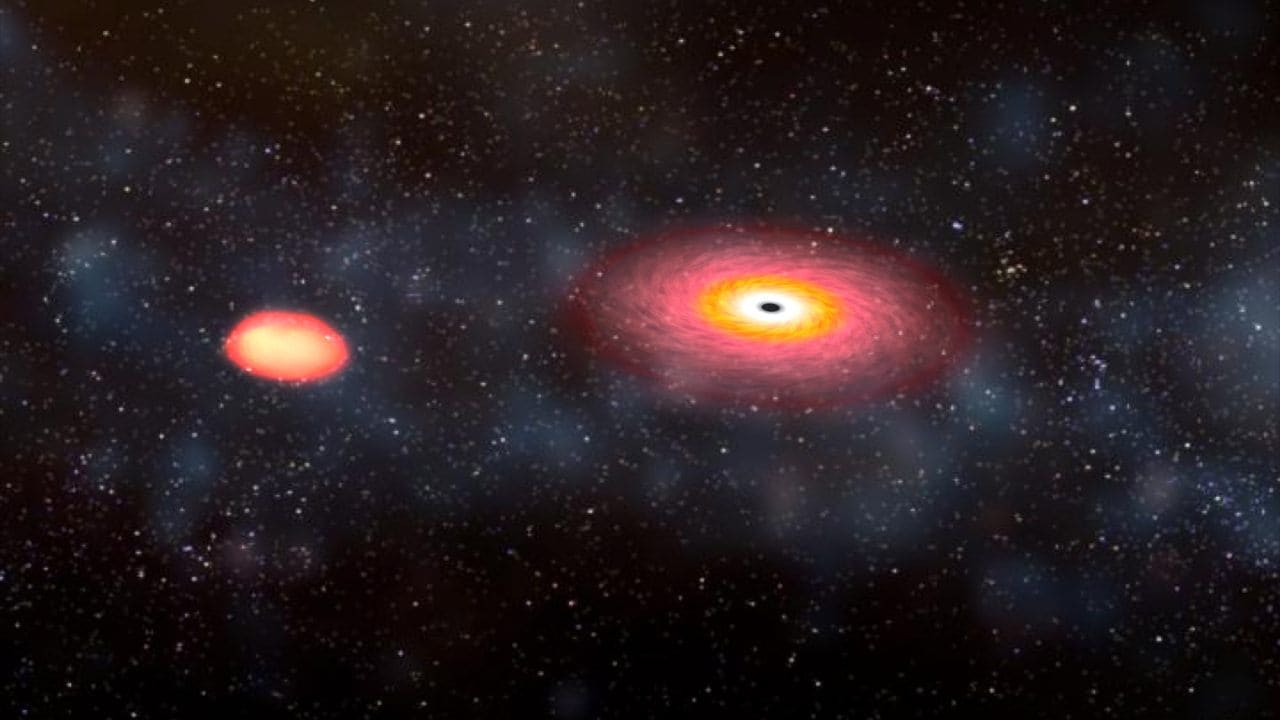
[ad_1]
FP TrendingSep 30, 2020 17:52:06 IST
Our galaxy Milky Way has a huge black hole in its core. The black hole is fed by a nuclear star cluster, which is the largest star cluster in the galaxy. Hence, they shine the brightest and weight around 25 million times as much as the sun. However, a recent study shows that it may have eaten up a surrounding smaller star cluster or maybe a dwarf galaxy to attain its shine. The nuclear star clusters are also the densest clusters in the universe and it has kept scientists curious as to how these stars manage to exist so close to each other, held by gravity.
Tuan Do, an astronomer at UCLA, led the recent study to find answers about the Milky Way’s core and found that “stars with less metals than our sun [seemed] to be moving differently than the stars with more metals”.
The team observed nearly 700 red giant stars within five light-years of the galaxy’s core. As dust between our planet and the Milky Way’s heart blocks the visible light coming from the stars, the scientists used infrared wavelengths, which are better at penetrating the dust.

A black hole devours another celestial object. Representational Image. Image credit: Dana Berry/NASA
Studying the infrared wavelengths, Do and his colleagues found that about seven percent of the stars in the nuclear cluster revolve around the galactic centre faster than other stars and do so around a different axis. These faster stars are also the same group that has very low metal presence. In fact, the study showed that these stars have 30 percent less metal than the Sun, whereas other cluster stars have more metals than the Sun.
The researchers revealed their findings in the journal Astrophysical Journal Letters on 28 September.
“This discovery shows that at least some of our nuclear star cluster must have been formed from things falling in,” Do said in the paper.
In a companion study, Manuel Arca Sedda from Heidelberg University in Germany and colleagues ran computer models to simulate how the theory of a star cluster falling into the Milky Way’s nuclear star cluster would take place and how it would fit in with the new observations. This study showed that if such an event had occurred, it must have taken place less than 3 billion years ago. The cluster that was eaten up must have been approximately “a million times as massive as the sun”. The second study has been also published in the Astrophysical Journal Letters.
[ad_2]
Source link